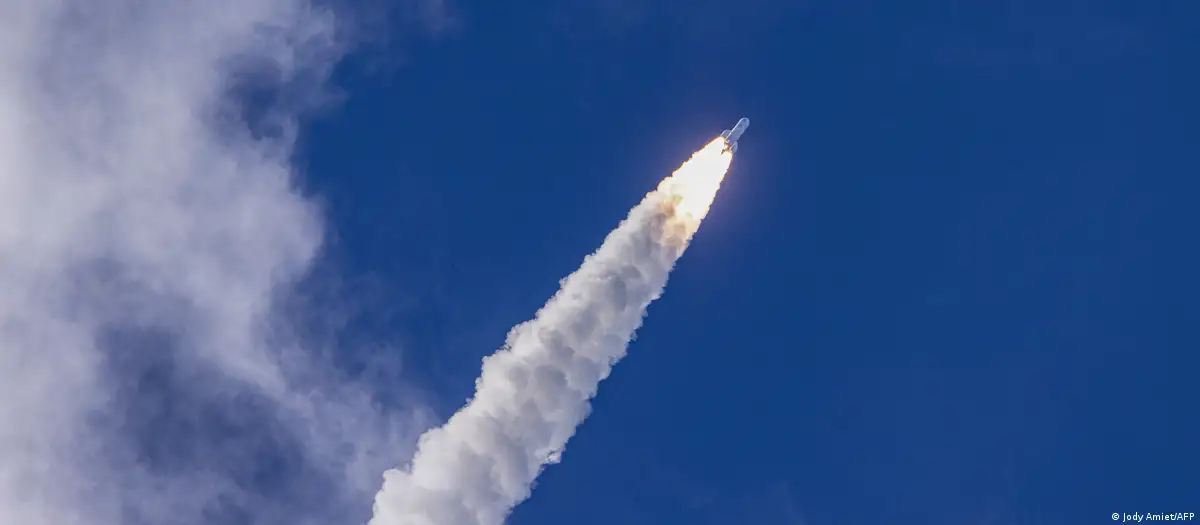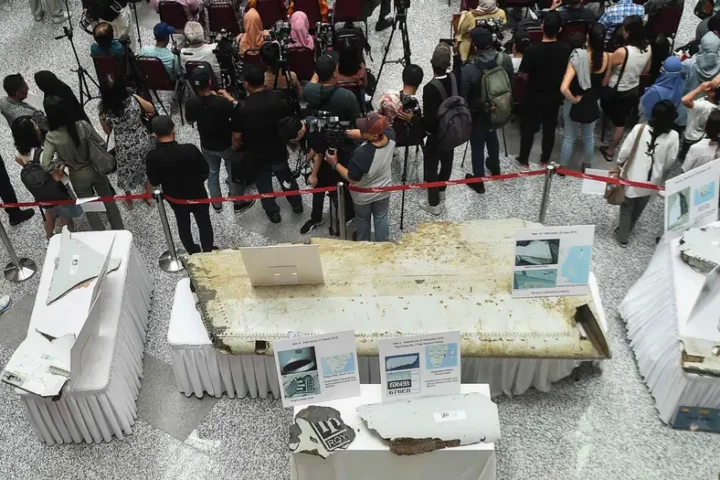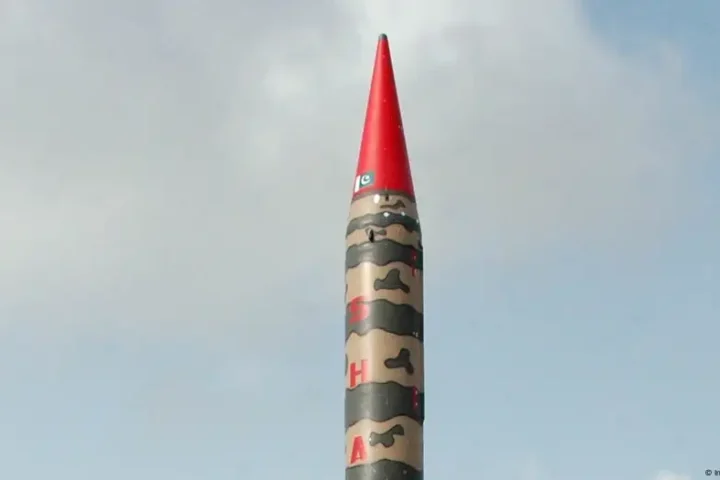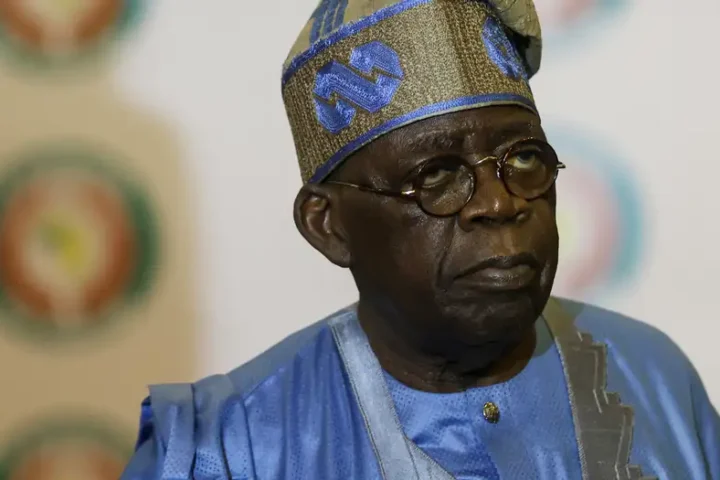A four-year delay, was followed on launch day by a one-hour delay, but the Ariane 6 rocket has finally made it to space. The European vessel is carrying a payload of small satellites.
The European Space Agency (ESA) sent its Ariane 6 rocket into space for the first time on Tuesday, some four years after its initial planned launch.
The powerful rocket lifted off from Europe’s spaceport in Kourou, French Guiana at 4 p.m. local time (1900 GMT). The successful launch paves the way for Europe to get satellites into space without having to rely on other organizations or companies such as SpaceX.
ESA chief Josef Aschbacher said the successful launch marked a “historic day” for Europe.
‘A new era of spaceflight’
“Ariane 6 demonstrated a successful liftoff, launch to orbit and deployment of satellites,” the ESA wrote on X, formerly Twitter.
“We have now entered into a new era of spaceflight for Europe, powering us into space and allowing us to realize our ambitions on
the world stage,” it added wrote.
Ariane 6 replaces its predecessor, Ariane 5, which first took off in the mid-90s.
The last Ariane 5 flight was last year, since then the ESA had to rely on rivals in order to get its satellites into space.
The launch was delayed by an hour, after having to wait four years, due to a fault being discovered in the morning.
Its success was far from guaranteed, with around half of all inaugural flights ending in failure, including that of the Ariane 5 in 1996.
Commercial flights planned by end of year
The next stage for the ESA will be to study the launch before rolling out a commercial program.
Some 29 missions are already on the books for flights expected to start by the end of the year. Many are to deploy some of Amazon’s Kuiper constellation of internet satellites.
Space flights have become a big business, with SpaceX’s reusable Falcon rockets now taking off around twice a week.
The ESA will also be looking to “successfully ramp up” the number of flights, the agency’s space transportation director Toni Tolker-Nielsen said.










